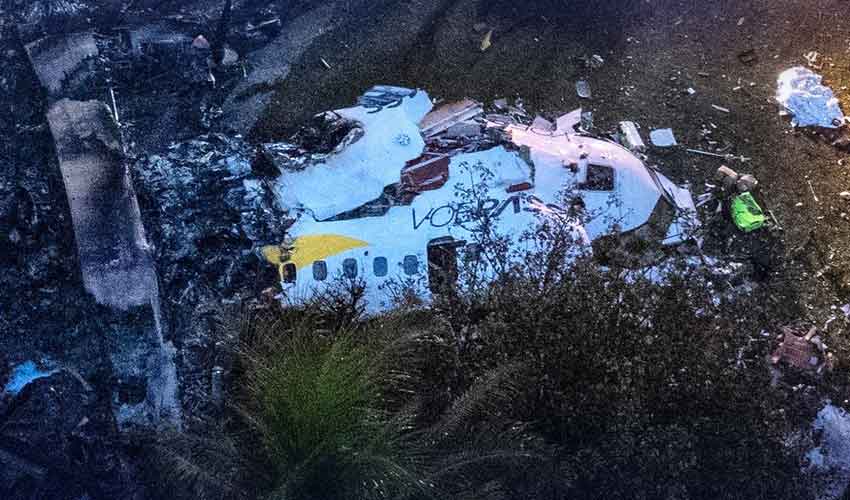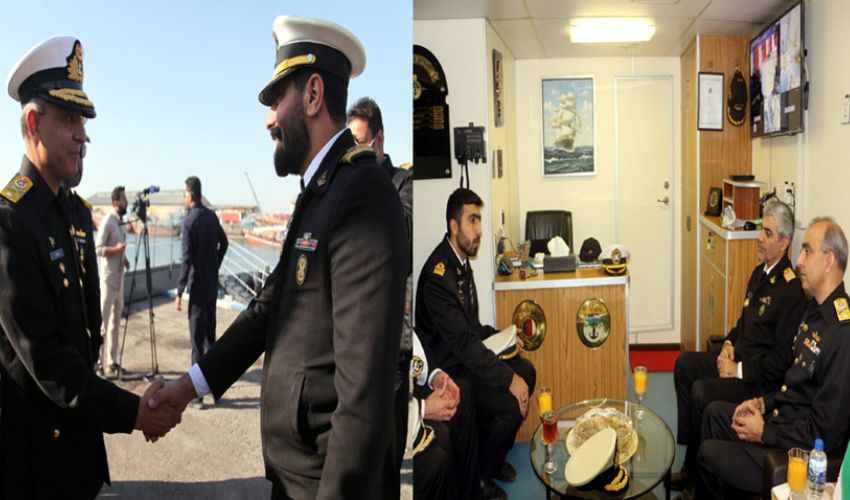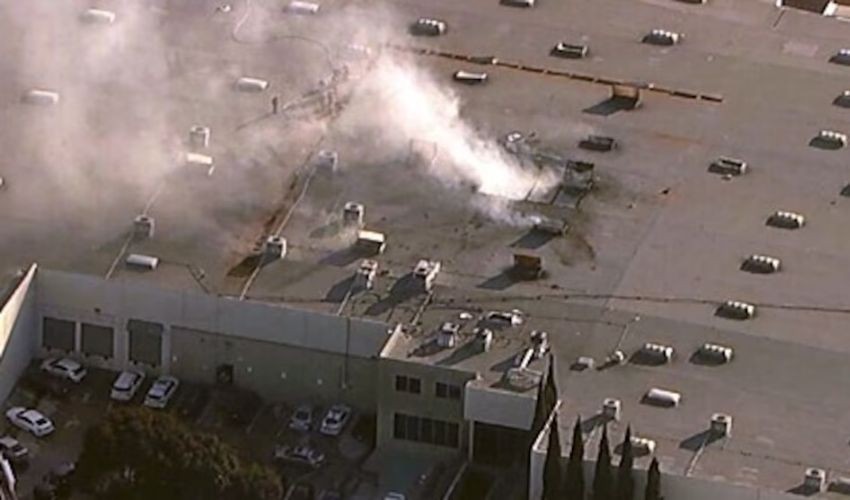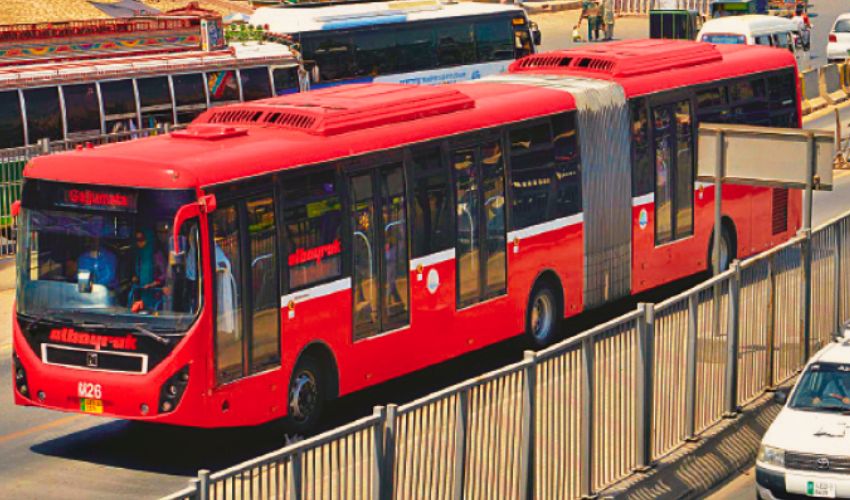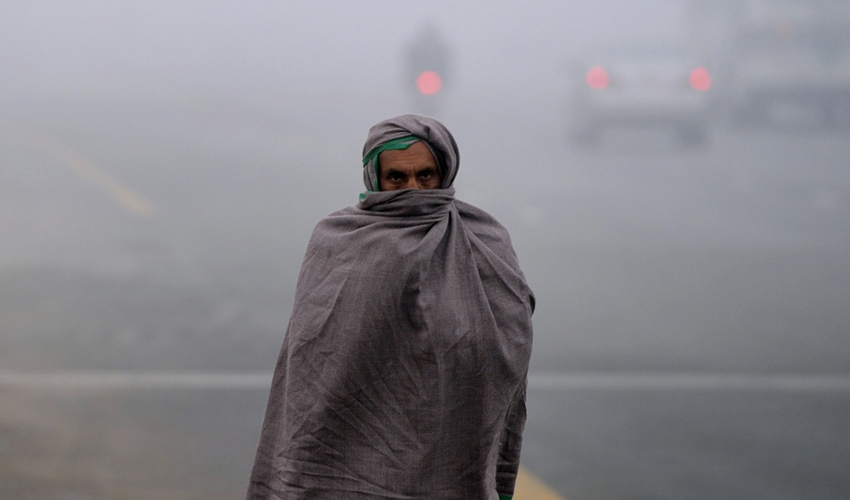An ATR-72 turboprop plane operated by regional carrier Voepass crashed on Friday in a residential area near Sao Paulo, Brazil, killing all 62 passengers aboard.
Investigators have recovered the plane's so-called black box containing voice recordings and flight data, with a preliminary report expected within 30 days, the head of Brazil's aviation accident investigation center, Cenipa, said on Sunday.
HOW DID THE CRASH OCCUR?
The plane was bound for Sao Paulo from Cascavel, in the state of Parana, and crashed at around 1:30 p.m. (1630 GMT) in Vinhedo, some 80 km (50 miles) northwest of Sao Paulo.
The aircraft was flying normally until 1:21 p.m., when it stopped responding to calls, and radar contact was lost at 1:22 p.m., Brazil's air force said in a statement. The plane did not report any emergency.
Videos of the event show that the sky was apparently clear when the plane started spiraling in an unusual circling motion.
WHAT WILL EXPERTS BE LOOKING FOR?
U.S. aviation safety expert Anthony Brickhouse said investigators would look at aspects like weather and examine to what extent the engines and controls were functioning properly, to help identify what caused the loss of control.
COULD WEATHER CONDITIONS HAVE CAUSED THE CRASH?
Videos of the crash analyzed by aviation experts led some to speculate that ice had built up on the plane. On Friday, Voepass said ice was predicted at the altitudes in which the plane was flying, but that it should have been within an acceptable level.
Brazilian aviation engineer and crash investigator Celso Faria de Souza said he is almost certain ice caused the accident, judging from the video.
ATR-72 planes have experienced issues with icing, with a crash in 1994 in the U.S. state of Indiana killing 68, after the plane was unable to bank due to ice buildup. After that incident, manufacturer ATR improved its de-icing system. In 2016 in Norway an ATR-72 experienced issues after ice accumulated on the plane, but the pilot was able to regain control.
COULD THE ENGINE HAVE FAILED?
John Hansman, a professor in the department of aeronautics and astronautics at the Massachusetts Institute of Technology, reviewed some of the Brazil crash footage shared on social media and without having reviewed flight data said the crash did not appear to have been caused by weather.
It may have been an engine failure on one side, mismanaged by the crew, which would lead to the rotation downward, said Hansman.
ARE MULTIPLE POINTS OF FAILURE POSSIBLE?
Air crashes could be due to any number of factors, according to experts. Among them could be ice, engine failure or human error. In many instances there is more than one cause, said Robert A. Clifford, a lawyer who represented some of the families of crash victims in the 1994 accident.





